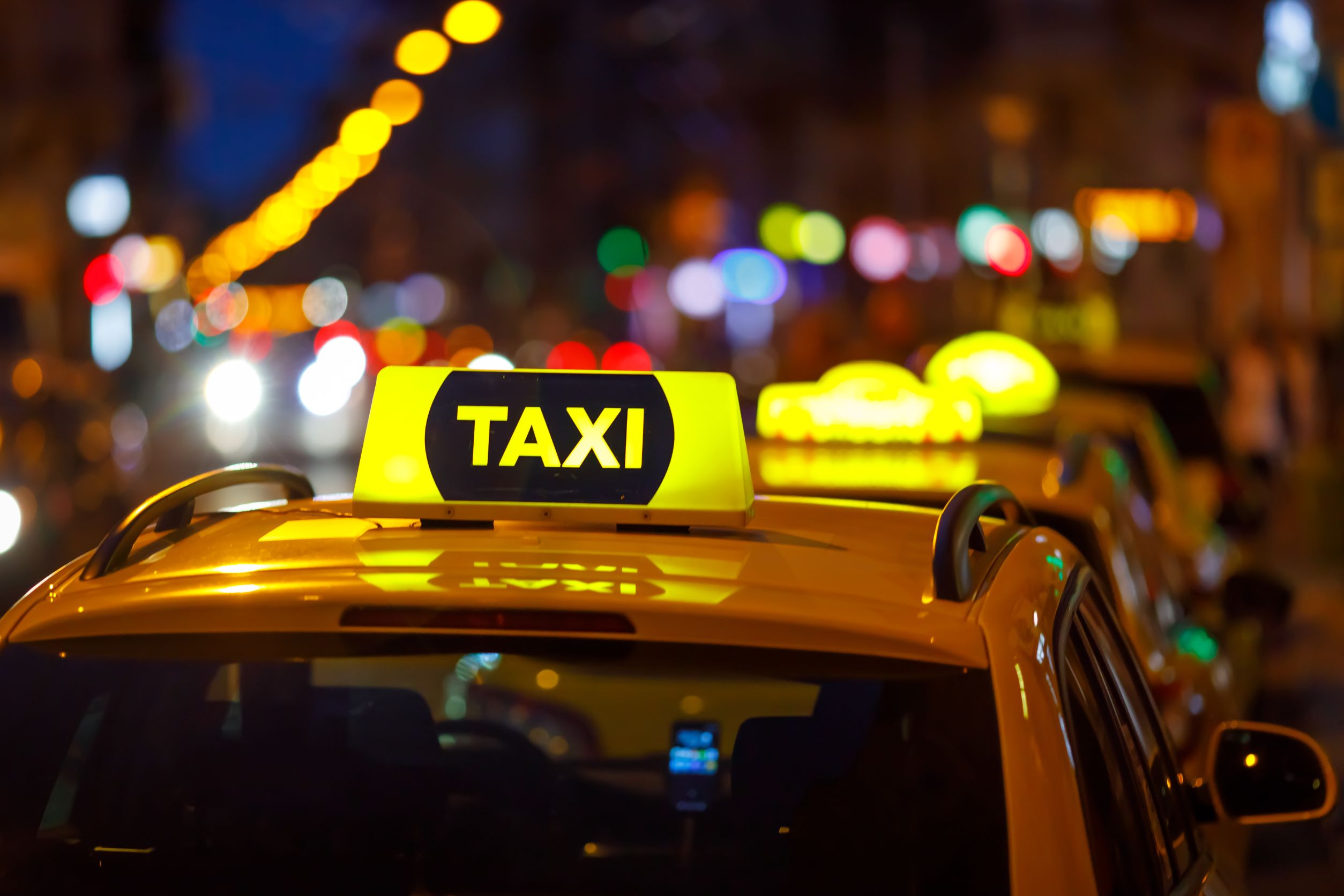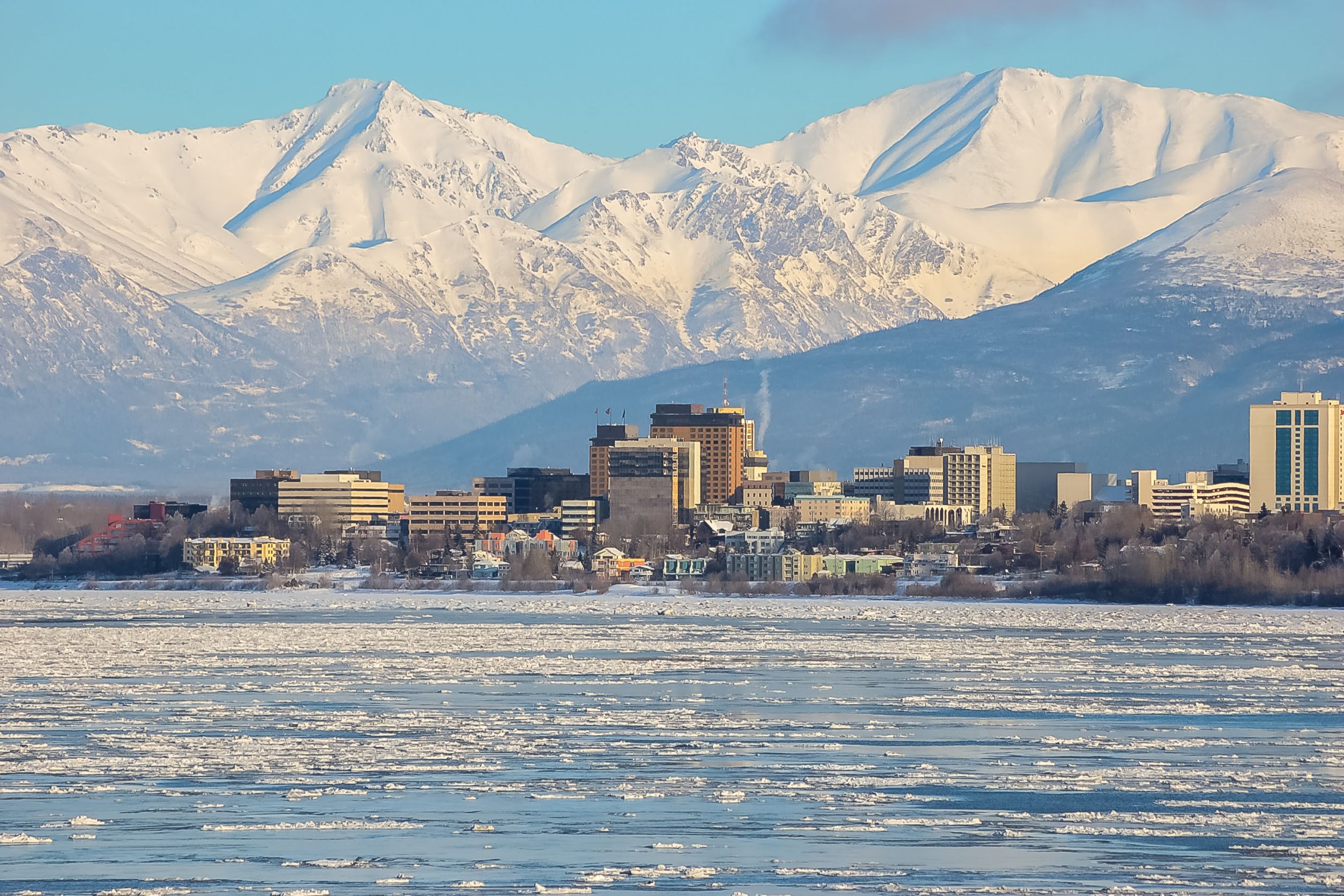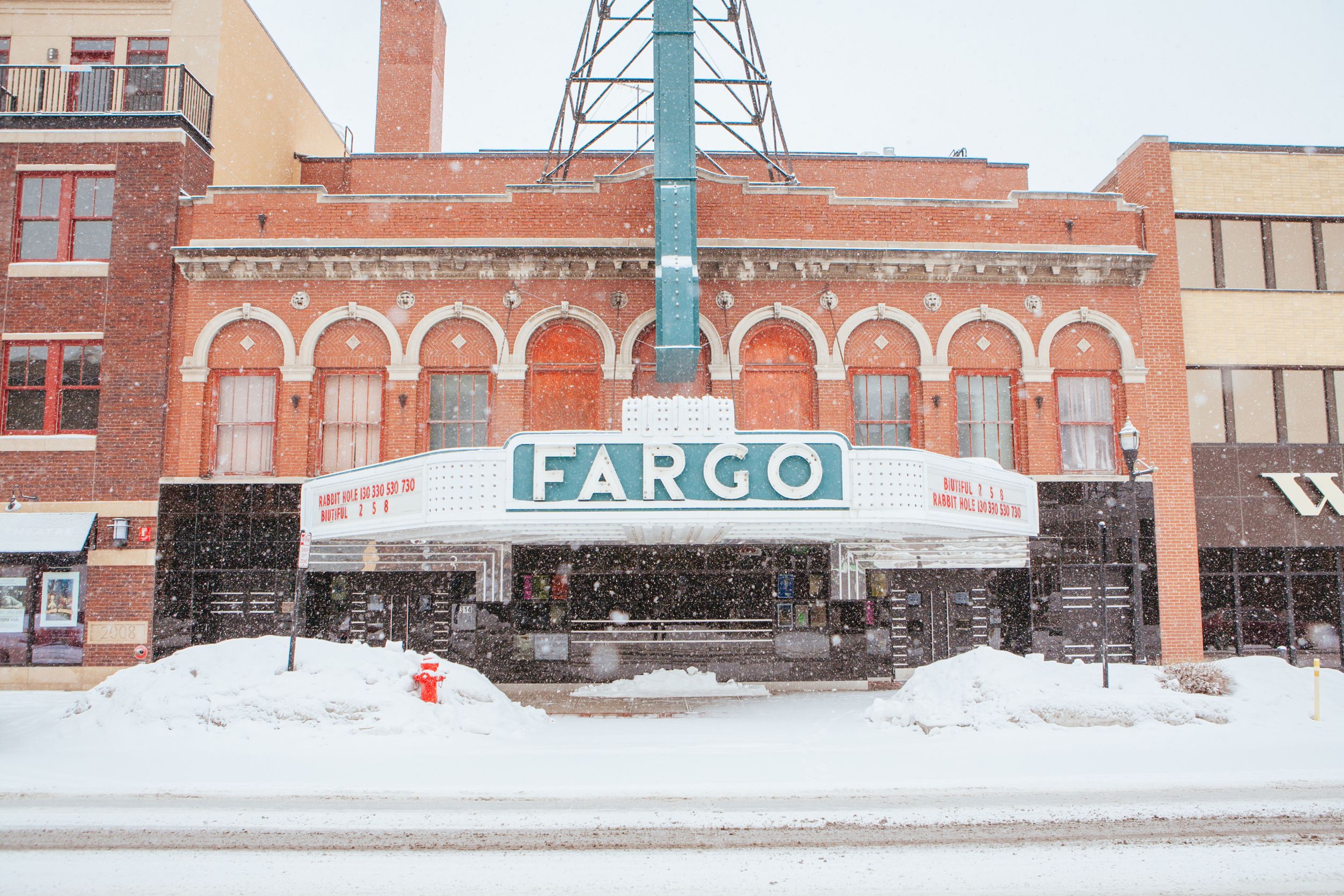Not all public transportation systems are created equal. While some cities boast efficient, reliable, and modern transit networks, others leave commuters frustrated and stranded. Poor funding, outdated infrastructure, and infrequent service plague public transit in many parts of the U.S. For residents in these states, relying on buses, trains, or subways can be a daily struggle. If you live in one of these seven states, you might be better off calling a taxi, hailing a rideshare, or investing in a car.
1. Alabama – A Transit Desert in the South
Alabama is one of the worst states for public transportation, offering minimal options outside of its major cities. Even in Birmingham, the largest city, bus service is limited, unreliable, and covers a small portion of the metro area. Rural areas are almost completely without transit options, forcing residents to rely on personal vehicles. The state has historically underfunded its transit systems, ranking near the bottom in per capita spending on public transportation. Without dedicated investment, Alabama commuters face long waits and inefficient routes. If you need to get around here, you’ll likely need your own set of wheels.
2. Mississippi – Limited Routes and Poor Accessibility
Mississippi’s public transportation system is severely lacking, leaving many residents with no viable transit options. The state has no commuter rail system, and its bus services are sparse and unreliable. Even in cities like Jackson, public transit is extremely limited, with routes that don’t connect key areas efficiently. Many rural areas have no public transit at all, making it difficult for those without a car to get to work, school, or medical appointments. Accessibility is another major issue, as many bus stops lack proper accommodations for people with disabilities. Without major improvements, Mississippi’s transit system will continue to fall behind.
3. Alaska – Cold, Harsh, and Inconvenient Transit
Alaska’s vast geography and extreme weather make public transportation a challenge. While Anchorage and Fairbanks have some bus service, the routes are infrequent and unreliable, especially during winter months. Many communities are completely inaccessible by road, relying on boats or small planes for transportation. Public transit schedules are often inconsistent, forcing residents to wait long hours in frigid temperatures. The lack of rail or subway options makes commuting even more difficult. If you live in Alaska, investing in a vehicle or finding alternative transportation is almost a necessity.
4. Wyoming – A Car Is Your Best Friend
Public transportation in Wyoming is practically nonexistent. The state’s small population and large land area make it difficult to support a robust transit system. Outside of a few bus routes in cities like Cheyenne and Casper, there are no major public transit options. Wyoming also lacks a statewide rail system, leaving residents with no alternative to driving. For those who can’t afford a car, transportation options are extremely limited. If you plan to travel to Wyoming, be prepared to drive yourself.
5. West Virginia – A Struggle for Rural Commuters
West Virginia’s mountainous terrain and scattered population make public transit difficult to maintain. While cities like Charleston have bus systems, the routes are often unreliable and infrequent. Many rural communities have no public transportation, forcing residents to rely on expensive taxi services or personal vehicles. The state also lacks any commuter rail service, making long-distance travel even harder. Limited funding means that transit systems remain outdated and underdeveloped. If you live in West Virginia, you’ll likely need to find another way to get around.
6. North Dakota – The State Where Buses Are a Rarity
North Dakota ranks among the worst states for public transit due to its small population and vast rural areas. Fargo and Bismarck have basic bus services, but they’re often unreliable and don’t reach many parts of the cities. There is no commuter rail or subway system, making long-distance travel difficult. Harsh winter conditions further complicate public transportation, causing delays and safety concerns. Limited funding means that there are no major plans to improve transit options in the state. If you live here, owning a car is almost a necessity.
7. South Carolina – Poor Funding and Few Options
South Carolina’s public transportation system is one of the weakest in the country, suffering from poor funding and limited routes. Major cities like Columbia and Charleston have bus services, but they are often inefficient and don’t serve enough neighborhoods. Rural areas have even fewer options, leaving many residents stranded without a personal vehicle. The state’s transit infrastructure is outdated, with limited accessibility for disabled passengers. South Carolina also lacks a comprehensive rail system, forcing long-distance commuters to rely on cars. If you need reliable transit, South Carolina isn’t the place to find it.
Time for a Public Transit Overhaul
Public transportation should make commuting easier, not more frustrating. Unfortunately, these seven states fail to provide residents with reliable, efficient, and accessible transit systems. Whether it’s due to a lack of funding, poor infrastructure, or low demand, these areas struggle to offer viable alternatives to driving. Investing in better public transit could boost local economies, reduce traffic congestion, and improve overall quality of life. Until then, residents in these states might have no choice but to rely on taxis, rideshares, or their own vehicles. If you live in one of these areas, be prepared for some serious transportation challenges.



